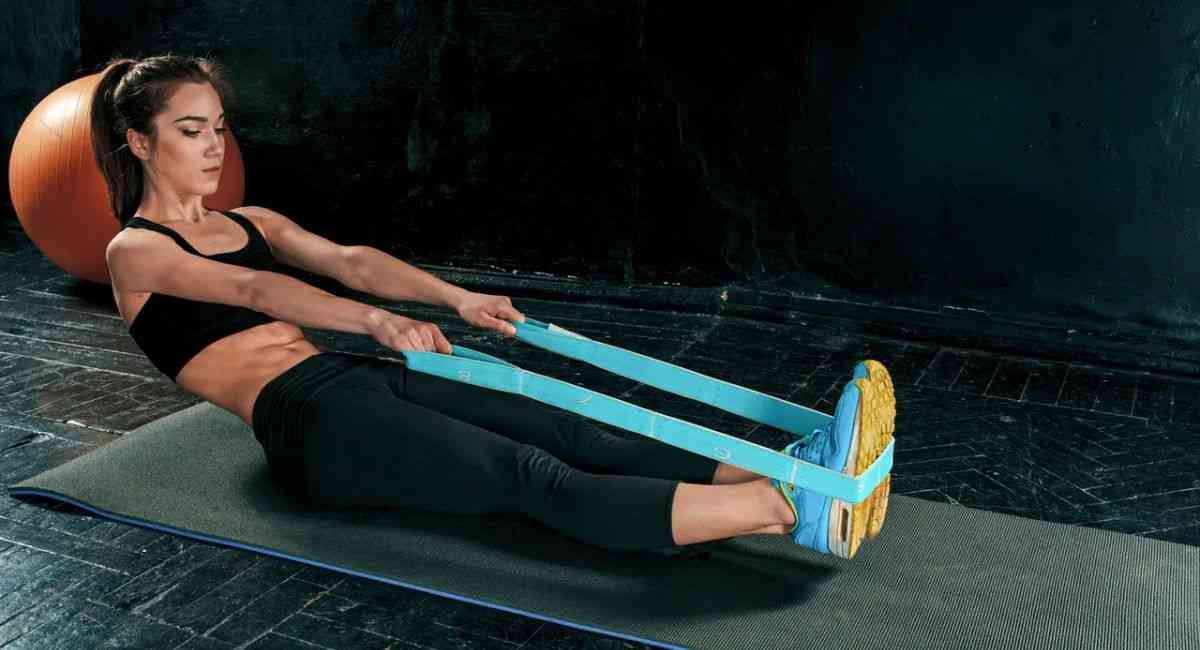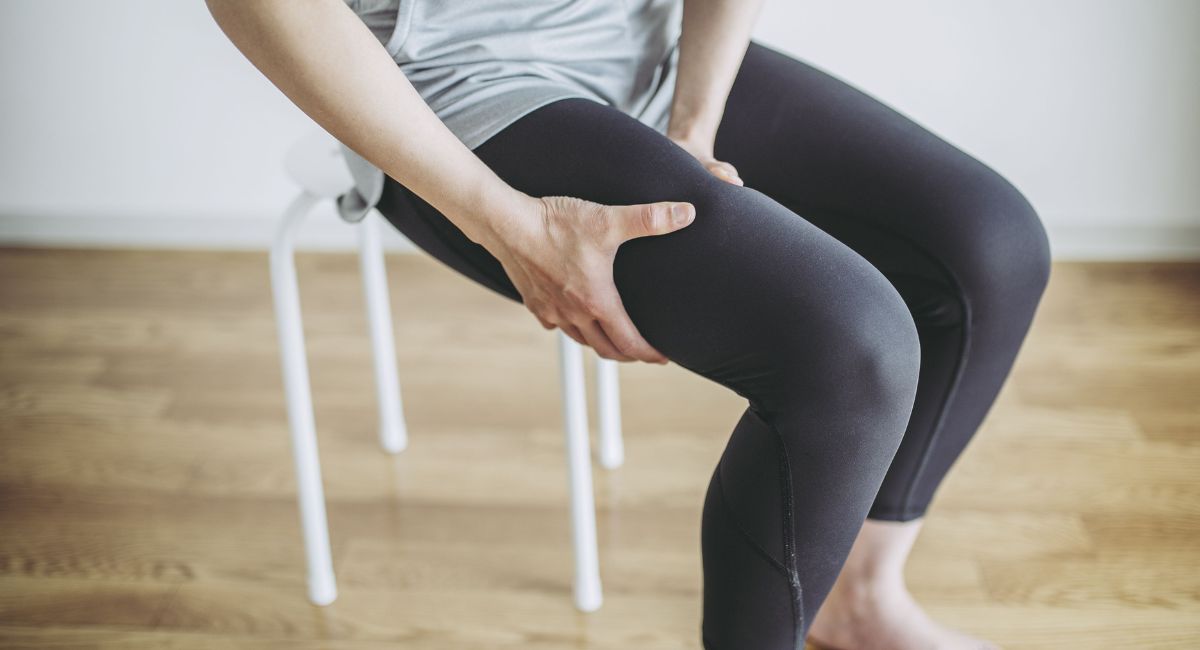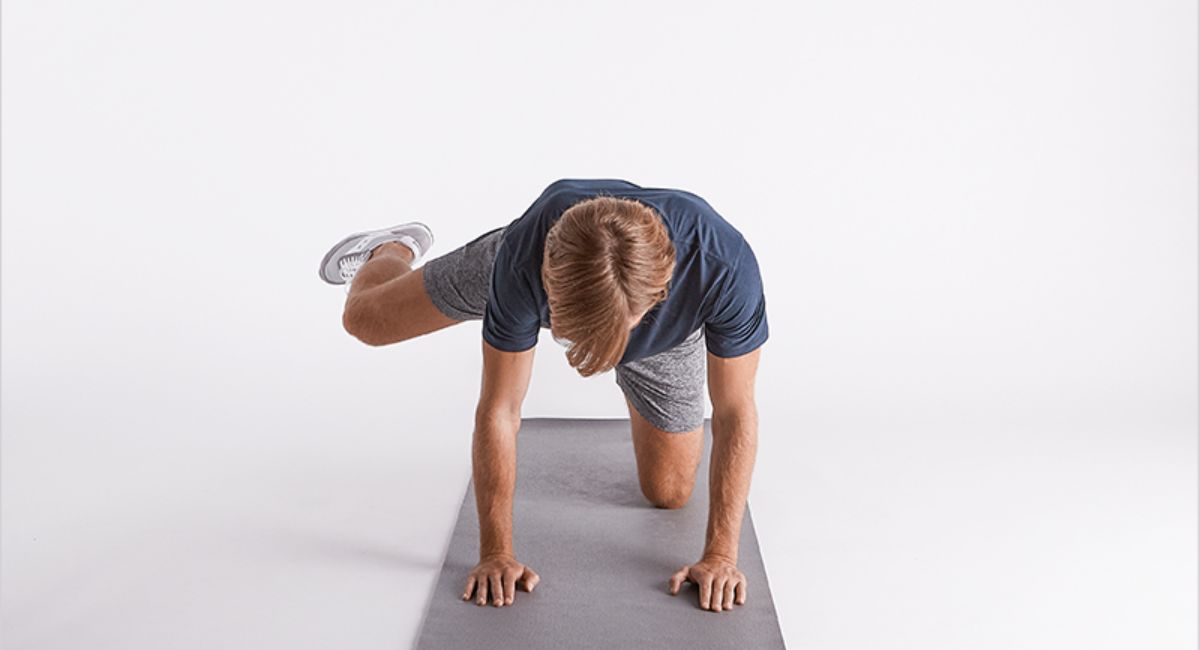I used to feel frustrated when my hips felt stiff and my lower back ached after sitting all day. I tried random workouts but nothing seemed to help until I learned about Fire Hydrant Exercise Benefits. It surprised me how one simple move could wake up sleepy glutes, improve balance, and even shape my hips without needing a gym.
In this post you’ll discover exactly why Fire Hydrant Exercise Benefits are so powerful and how to do the move correctly. You’ll learn proper form, common mistakes to avoid, and smart ways to make it harder or easier. By the end you’ll know how to use this exercise to strengthen your hips, sculpt your glutes, and move with more confidence.
Top Benefits of Fire Hydrant Exercise for Glutes, Hips, and Core
You’ll start seeing the benefits of Fire Hydrant exercise after just a few sessions. Because it is a bodyweight glute exercises move, it offers fast gains in muscle activation without waiting for weight machines or heavy gear. Many people notice better butt shape (glute-building), firmer hips, and a more stable core. The move is great for best exercises for weak glutes because it specifically targets the glute medius and minimus, which often stay underworked.
Also, it helps with mobility and flexibility training. When your hip abductors and external rotators strengthen, your hip joint moves more freely. That improves things like walking, climbing stairs, or squatting. The benefits extend to posture improvement exercises: you’ll stand taller, less slouch, and feel less strain in your lower back. Since Fire Hydrant is also a knee-friendly glute exercises option, many people recovering from knee pain can do it without aggravation.
Step-by-Step Guide to Perform Fire Hydrant Exercise Correctly
Begin by positioning yourself on all fours: hands under shoulders, knees under hips. Keep your back flat and your head in line with your spine. Tighten your core before you lift your leg. You should lift your bent knee to the side at about 45 degrees, keeping the knee bent at 90 degrees. Avoid rotating your pelvis or arching your lower back because that reduces the benefit and may cause pain.
As you lift, pause for one second at the top, then lower the leg slowly, maintaining control. It helps if you breathe out as you lift and inhale as you lower. Focus on quality over quantity. For example, it’s better to do ten perfect reps than twenty rushed ones. In time, you’ll be able to increase range or add resistance. This pattern of progressive overload for bodyweight workouts ensures you keep getting stronger.
Common Mistakes and How to Avoid Them
Many people make the mistake of swinging the leg or letting the hips tilt. When you swing, momentum does the work, not your glutes or hips. Tilted hips reduce effectiveness and may strain the lower back. To avoid this, keep your pelvis level and move slowly, using only the hip joint for the motion.
Another mistake is neglecting lower back support during glute exercises. If your core isn’t engaged, your back may arch, leading to discomfort. Always brace your core before lifting. Also some people lift too high too fast, stressing joints or overextending tight muscles. It’s better to start with small lifts and build up. Use a mirror or record yourself to check that your back and hips stay aligned.
Fire Hydrant Exercise Variations for Every Fitness Level
If you’re a beginner, doing the classic Fire Hydrant with just your body works great. It is a beginner-friendly glute workouts at home way that builds base strength. As you improve, try adding ankle weights or placing a resistance band around your thighs. This makes the movement harder and activates the muscles more.
You can also do standing Fire Hydrants for variation, or pulse at the top of each lift for extra burn. Another variation is adding a kick at the top—once your leg is lifted, straighten it briefly before lowering. Those changes keep your body challenged and avoid plateaus. Combining these variations lets you work on glute isolation vs compound movements so you balance stability and overall leg strength.

Fire Hydrant Exercise for Weight Loss, Mobility, and Posture
Because Fire Hydrant Exercise Benefits You’ll Notice Fast involves continuous movement of the hips, it helps burn calories, especially if you do multiple reps and short rest periods. It also improves joint mobility, especially in the hip joint, which often gets tight when people sit all day. Free hips allow better posture and fewer aches.
Improved posture comes from stronger glutes and core supporting the spine. When your pelvis tilts less and your back stays neutral, you stand taller, feel better walking, and reduce lower back pain risk. People with sedentary jobs often feel hip stiffness or knee discomfort; adding this exercise to your routine loosens hips, stabilizes knees, and enhances overall movement quality.
How Often and When to Add Fire Hydrant Exercise to Your Routine
For fast benefits, you can add Fire Hydrant exercises about three times a week. On non-consecutive days your muscles can recover. If you are doing leg day or lower body session, include Fire Hydrants early as a warm-up or mid routine for activation.
You might also use them on off days for mobility and injury prevention, especially as part of your home workout for hips and thighs or rehabilitation routine. Start with 2–3 sets of 10–15 reps per side. As you improve, increase reps or add resistance. Always allow rest so that sore muscles recover.

Using Resistance Bands and Equipment to Maximize Results
Resistance bands are powerful tools when you want to intensify Fire Hydrant Exercise Benefits You’ll Notice Fast. A loop band placed just above the knees forces the hips and glutes to work harder. That added resistance helps you build strength and improve muscle activation. Use light bands first then move to firmer ones as strength increases.
Other equipment like ankle weights or sliders also help. Ankle weights make each lift heavier. Sliders allow you to extend more and challenge your balance and hip stability. By varying resistance, you avoid stagnation and improve strength in the glute medius and hip abduction muscles.
Combining Fire Hydrant Exercise With Other Lower-Body Moves
Fire Hydrants shine when paired with complementary moves. Combine them with glute bridges, hip thrusts, lunges, or clamshells for a full lower-body workout. These combos help you work both compound movements and glute isolation to get strong, shapely muscles.
You can build mini circuits: do Fire Hydrants, then glute bridges, then side lunges. This variety keeps workouts interesting, reduces risk of overuse, and boosts results faster. Doing a mix of movements makes posture better, hips stronger, and helps prevent imbalances.

Modifications for Knee, Hip, or Lower Back Issues
If you have knee pain or hip discomfort, try a modified version: support your upper body by leaning on a bench or wall so you reduce pressure. Another modification is doing the move with a smaller range of motion—lift less far until you build flexibility and strength.
For lower back issues, focus on core engagement tips during lower body exercises by bracing abdomen and keeping your spine neutral. You may also want to place a cushion under knees, or do pelvis-neutral position. Always listen to your body. If pain increases, pause or consult a physical therapy professional.
FAQs About Fire Hydrant Exercises
Q: How often should I do fire hydrants?
A: Two to three times per week is ideal, either as part of your warm-up or in a glute-focused workout.
Q: Can fire hydrants help with hip pain?
A: Yes, strengthening the hip abductors can relieve certain types of hip pain, but consult a doctor if pain is chronic.
Q: Do fire hydrants actually grow glutes?
A: They mainly strengthen and tone the glutes, especially the medius. For size, pair them with heavy lifts like hip thrusts.
Q: Are they safe during pregnancy?
A: With doctor approval, yes—they’re low-impact and can support hip strength.
Q: Can beginners do them?
A: Absolutely. Start with bodyweight only, then add resistance as you build strength.
Final Thoughts
Fire Hydrant Exercise Benefits You’ll Notice Fast when you do this move with care, consistency, and good form. You’ll awaken weak glutes, improve hip mobility, elevate posture, and reduce risk of injury. Because it is a lower body isolation exercise that demands no heavy weights you can start seeing results in a short time.
To get the best results, focus on step-by-step fire hydrant workout guide, avoid common mistakes in glute workouts, and integrate this exercise into your normal routine. Use resistance bands, experiment with variations, and combine with other lower-body moves. Do it often, but with rest, and you’ll feel the change—stronger hips, tighter glutes, and better movement every day.

